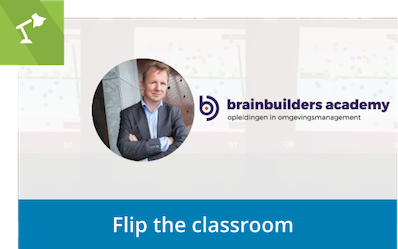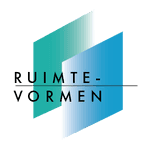Flipping the classroom
Trainings and workshops
Using QandR in education and training has many advantages. Especially in places where active participation ('flipping the classroom') is pursued and where one wants to reduce the workload on teachers and trainers.
An important distinguishing feature for active participation is that QandR stimulates the forming of ideas, brainstorming and exchange of viewpoints - where other digital tools stick to making part of a presentation interactive (an originally linear form of knowledge exchange). QandR is thus explicitly not meant for these one-way situations, as we know them from the traditional presentation to a large group (more than 50 people), but rather as a means to initiate a content-related dialogue between people, a dialogue as we know it from working groups in education.
The active, more inclusive way of discussing during a QandR session can be used as a kind of formative assessment, a way in which students already actively work with their knowledge and learn about the gaps in their own knowledge through reflection in the group. The tool promotes the incorporation of feedback loops in both large and small groups, based on peer-to-peer learning, i.e. forms of reflection that do not increase the workload of the teacher. In fact, the idea is that QandR sessions are used by students as a guide to setting up a good group discussion, even without the teacher being present.
Of the various QandR work formats, the moodboard in particular has a great deal of potential for education because it can easily be used to evoke atmospheres and associations that are part of the discussion. The access to the camera roll of every phone also offers many possibilities for so-called homework assignments, in which participants insert photos they have taken beforehand into the live discussion. This gives a more visual and fun learning proces than a verbal description alone.
Get started with templates
A large number of discussions have already taken place with QandR as part of its training courses and workshops. In cooperation with our partners, we have collected these experiences and processed them into so-called templates. These are ready-made discussion structures that are offered to new QandR users. For example for a workshop about a sustainable city or about product development, these templates can be used. Click here to view these templates. After selecting a template, it will be copied into your QandR dashboard. You can then use the session editor to further customize this copy to the context of your situation.
Active participation during education and trainings
Learning with QandR in practise
Below the companies and educational institutions that use QandR to flip their classroom. By active participation they stimulate in a group setting peer-to-peer learning by the forming of ideas, brainstorming and exchange of viewpoints.













